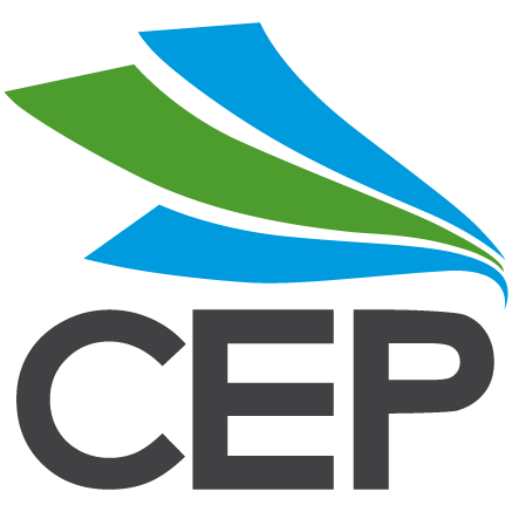Auckland most accessible, intermittent-free renewables and shifting borders
In this issue:
Climate change shifts borders
Among the many implications of climate change, we now have to add shifting borders to the list. The national border between Switzerland and Italy has, for many centuries, been defined by an Alpine glacier, more specifically ridgelines along the glacier. The glacier has now melted to a point where the official border between the two countries in the Matterhorn region has shifted by around 100 metres.
Efficiency remains main contributor to climate goals
A new analysis from the IEA reveals achieving COP28 energy efficiency and renewable energy goals will save 10 billion tonnes of emissions by 2030. The goals are doubling energy efficiency and tripling renewables, both of which are achievable according to the IEA. These two actions dominate the reductions mix with efficiency delivering the single most significant reduction.
Renewables jobs increase 18%
There were a reported 16.2 million people employed in the renewables sector worldwide in 2023 according to IRENA’s Renewable energy and jobs: Annual review, up from 13.7 million on 2022. 7.4 million (46%) were in China, followed by Europe (1.8m, ) and Brazil (1.56m, ). The US and India reported around 1 million each.
Electricity jobs in Oz to double (or quadruple) in 5 years
Meanwhile, a study by the Institute for Sustainable Futures (ISF) at the University of Technology Sydney (UTS) predicts a doubling of electricity sector jobs in Australia by 2029. If Australia were to become a major exporter of renewable energy, the workforce would need to double again in the same timeline. Obviously, growth at that scale will have significant repercussions for the New Zealand market as well.
Is your net zero plan credible?
The Assessing Transition Plans Collective (ATP-Col), along with the World Benchmarking Alliance (WBA) and Columbia Centre on Sustainable Investment (CCSI) have just released a framework for assessing the credibility of net zero transition plans. Coverage includes nature, the just transition, local contexts and feasibility. The ATPC comprises 90 experts from 40 organisations.
SDGs delivering a competitive edge
That’s according to a survey of 1,422 European companies responding to the UN Global Compact’s European Private Sector SDG Stocktake. The survey indicates 96% of companies are aware of the SDGs and 69% can boast in-depth knowledge. 42% of those adopting SDGs indicated it delivered significant competitive advantage and 35% a modest advantage.
Auckland tops the region for sustainable accessibility
A framework for assessing the accessibility of cities has found Auckland to be the most accessible city in New Zealand, based on an analysis of times to access resources and services by walking or biking. The interactive map on the link covers hundreds of cities worldwide and 14 in New Zealand. Wellingtonians may dispute the finding but a quick scan of the 14 cities listed in NZ does show Auckland to be more accessible.
Nighttime solar
Yes, it is possible by capturing the infrared radiation emitted by the Earth, according to scientists from the University of New South Wales. They have designed a device that captures the outgoing radiation and converts it to electricity using a semiconductor.
Renewables without the intermittency (aka hedging your bets)
That’s the claim of NoviOcean which has combined wind, solar and wave generators into one unit. The 38 metre units can generate 1MW with a 40% capacity factor in medium locations, enough to power 1,000 households. The energy split is 65/30/5 wave/wind/solar.





